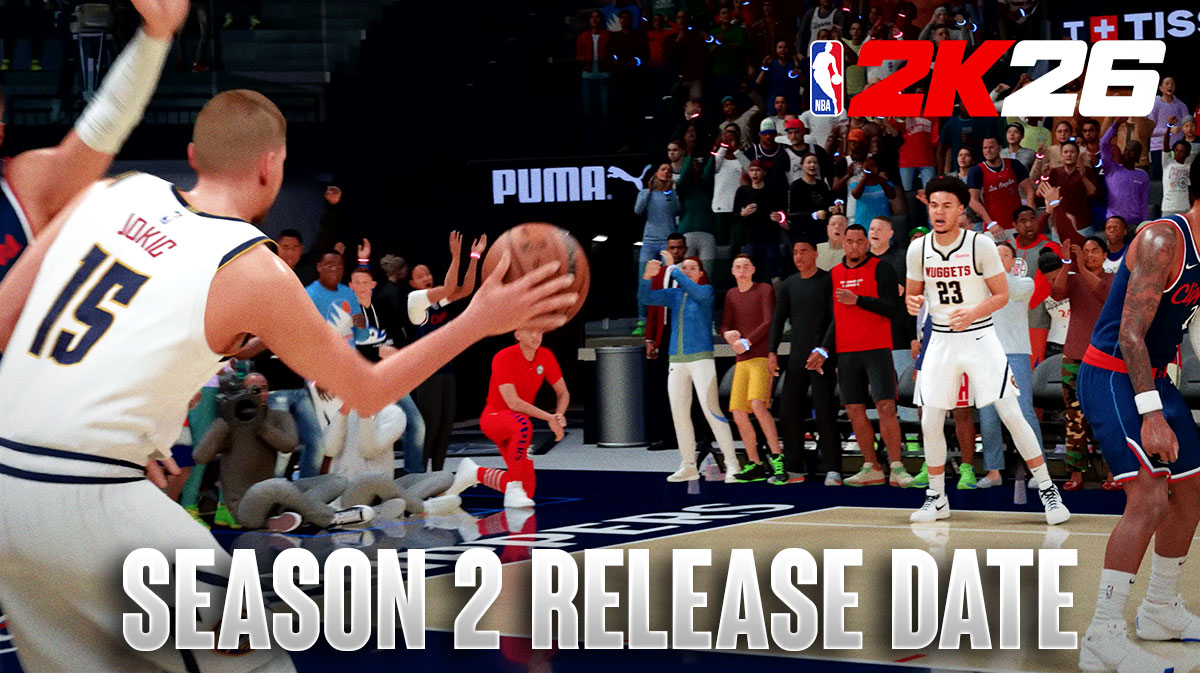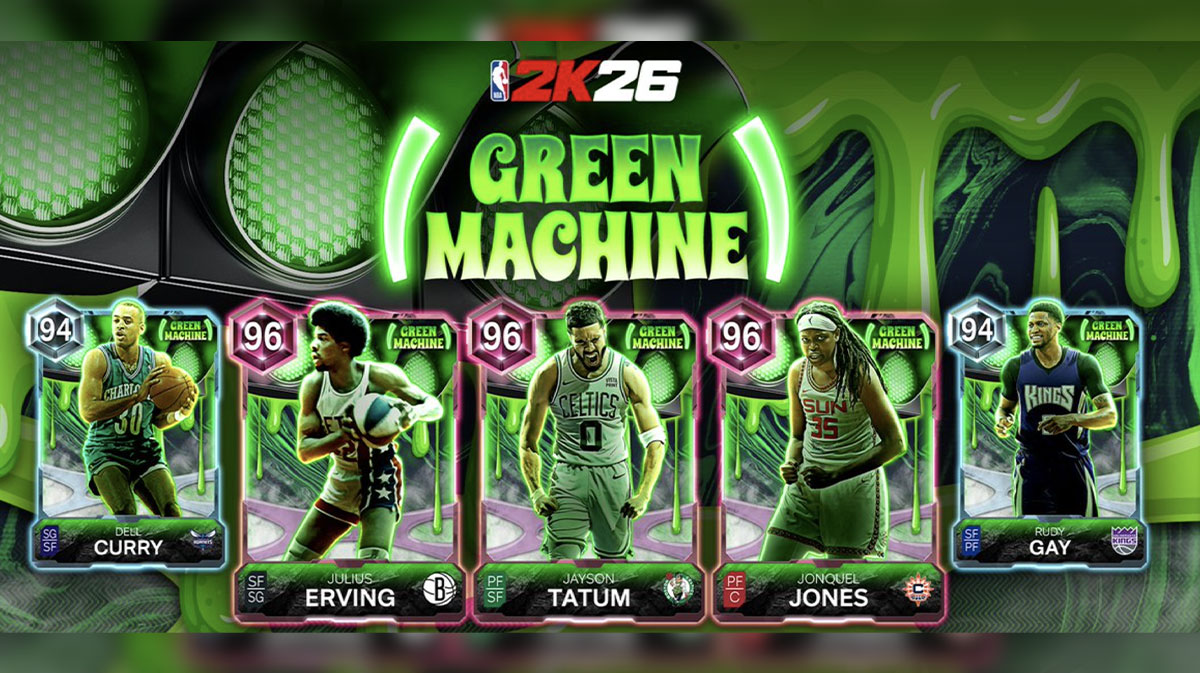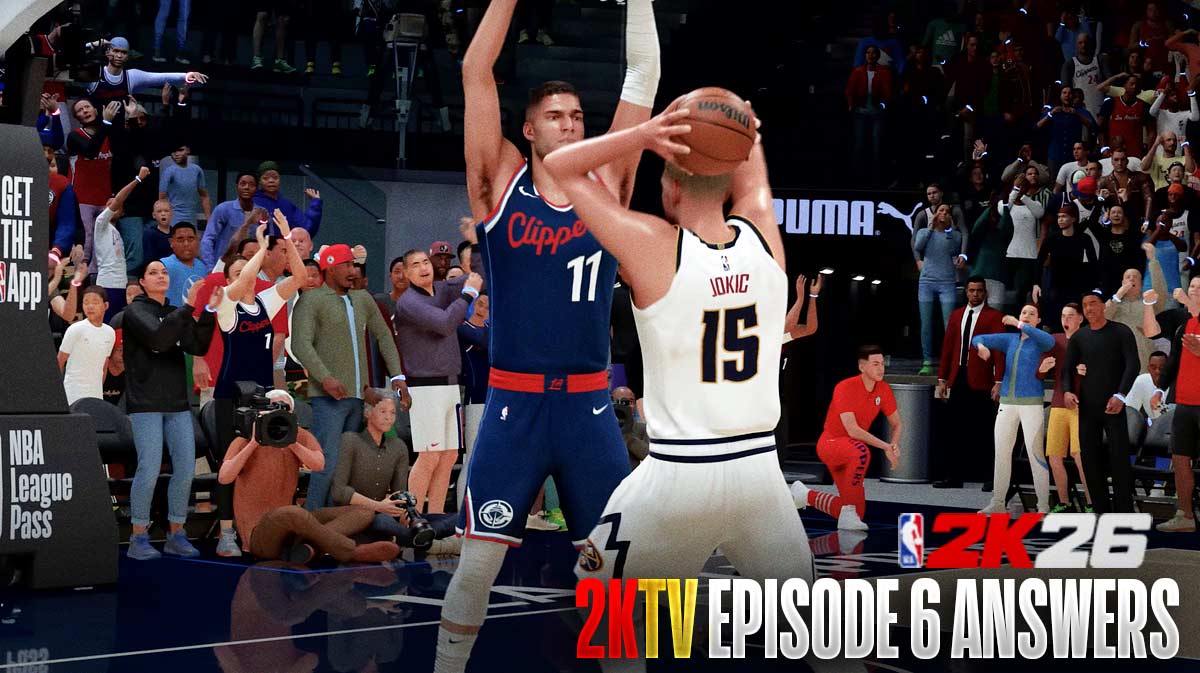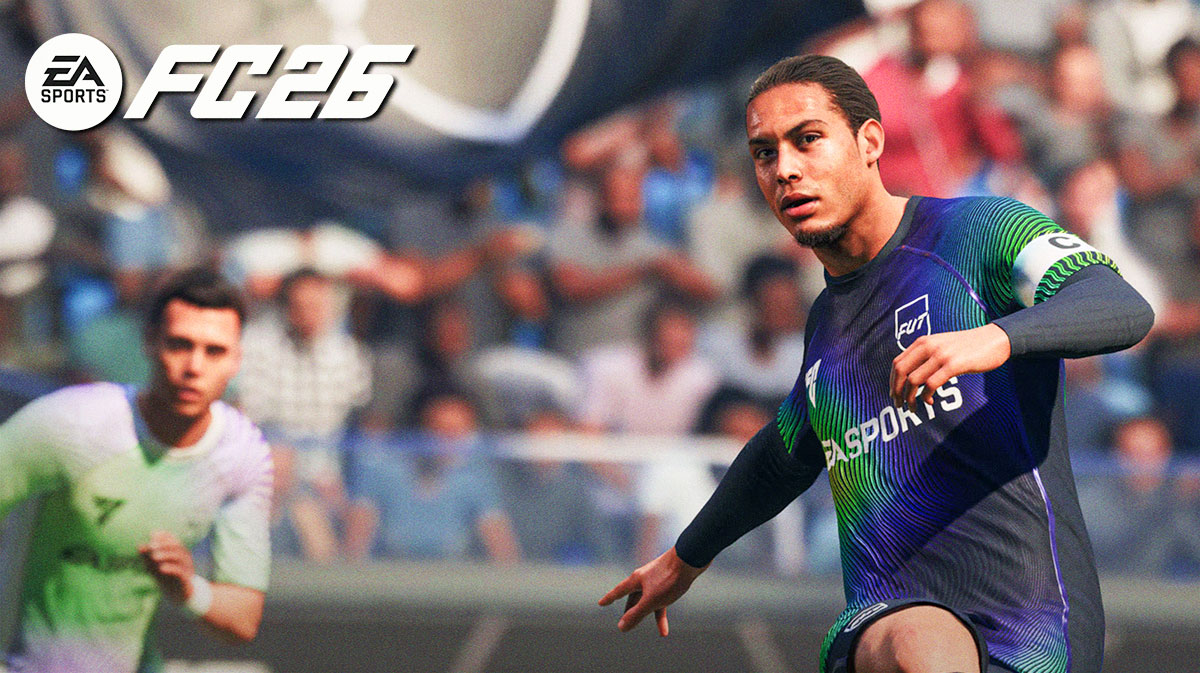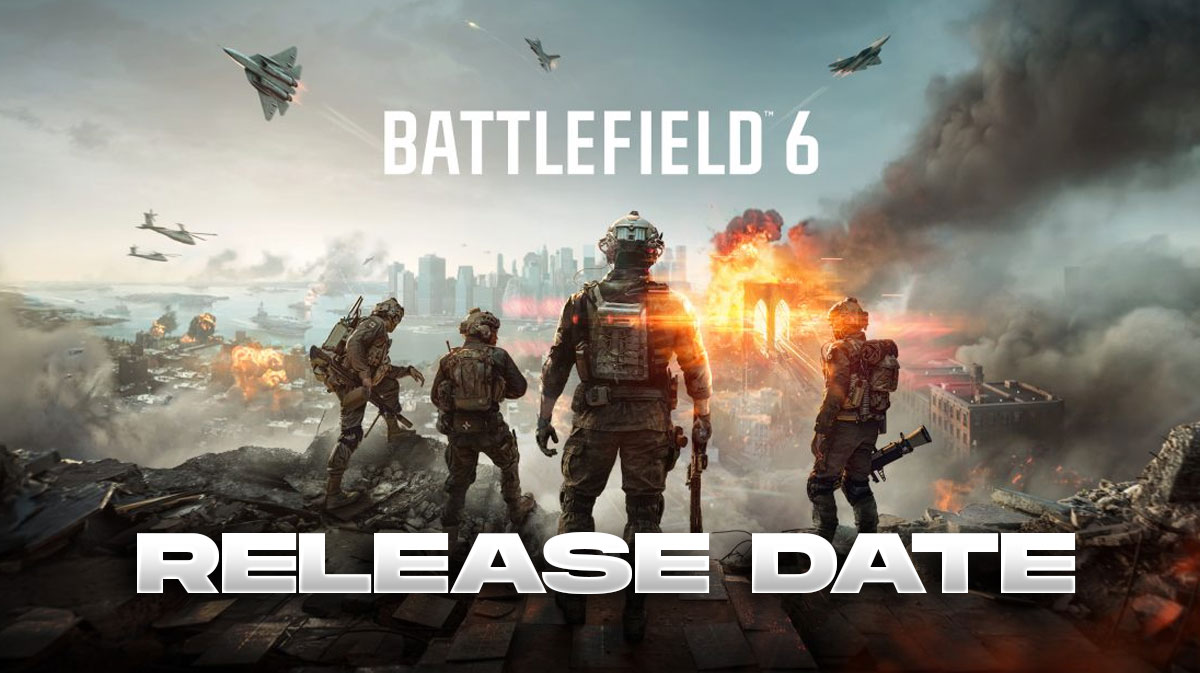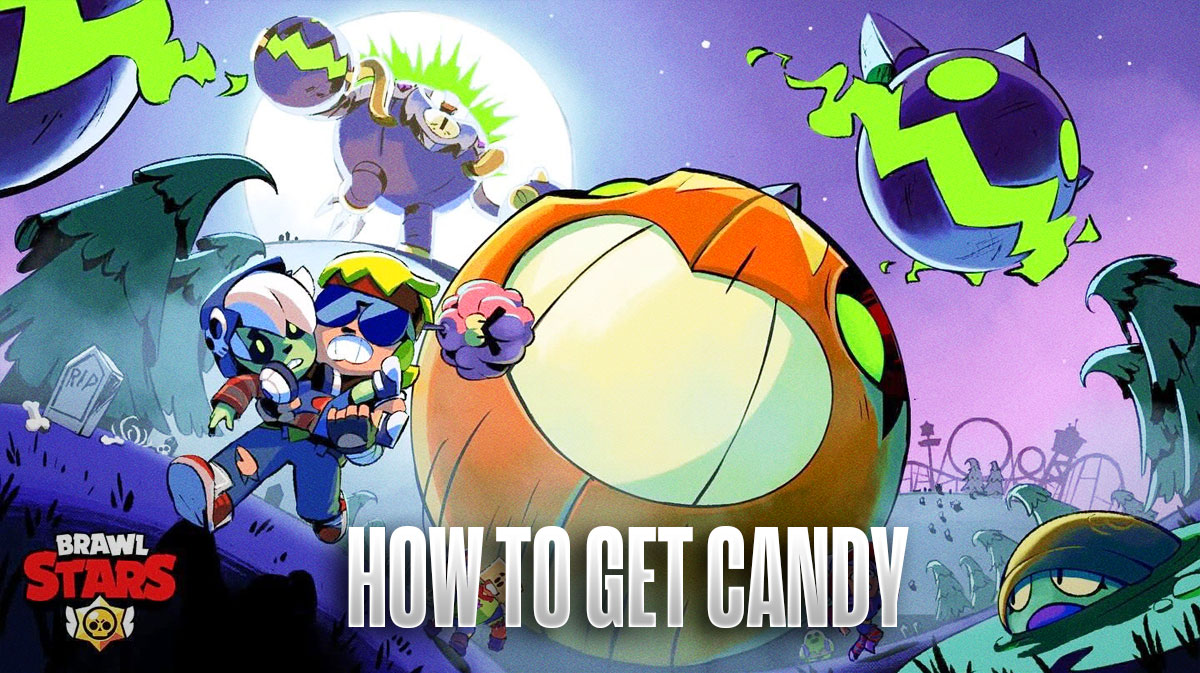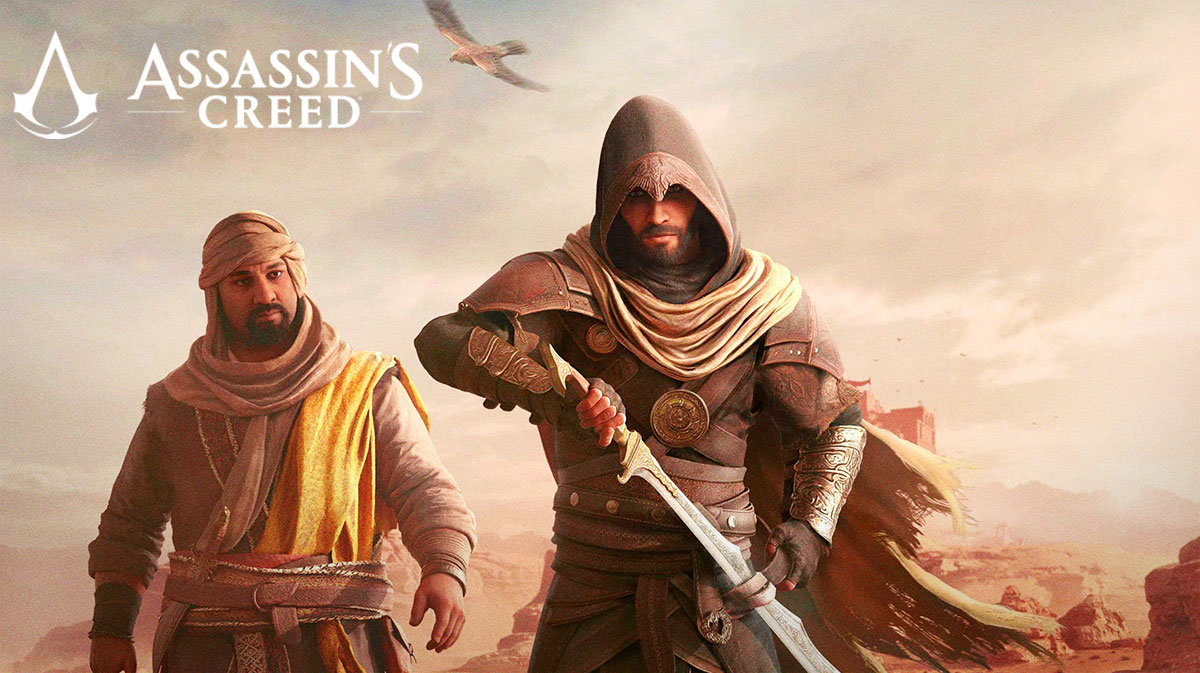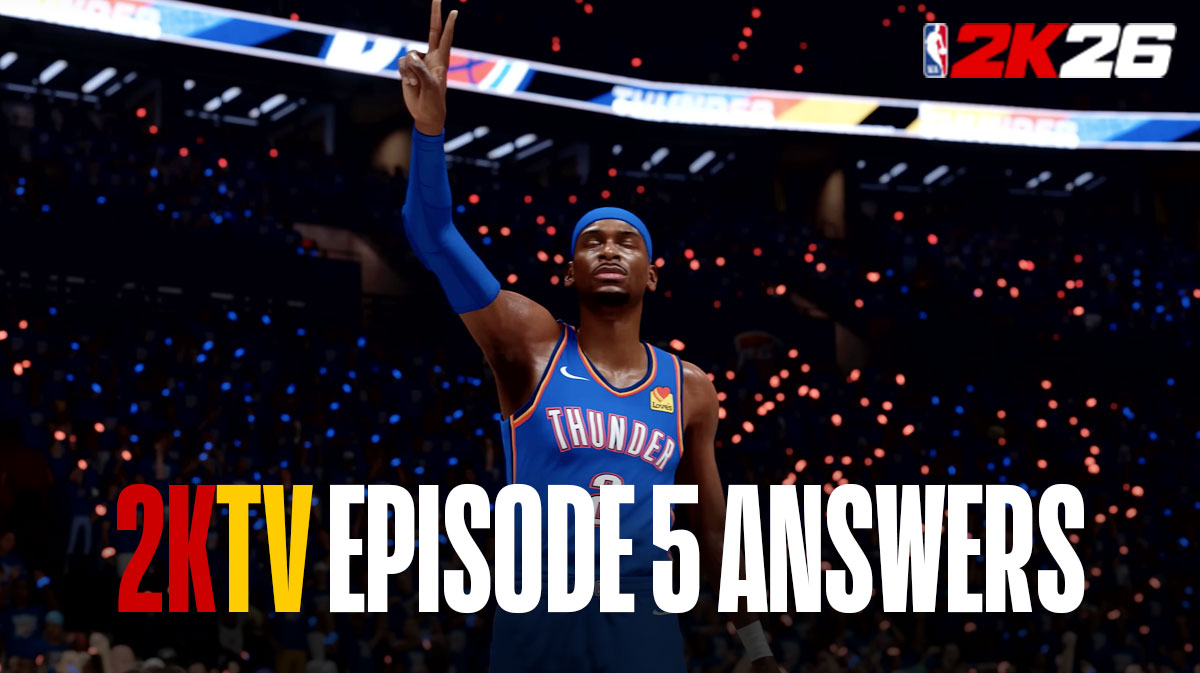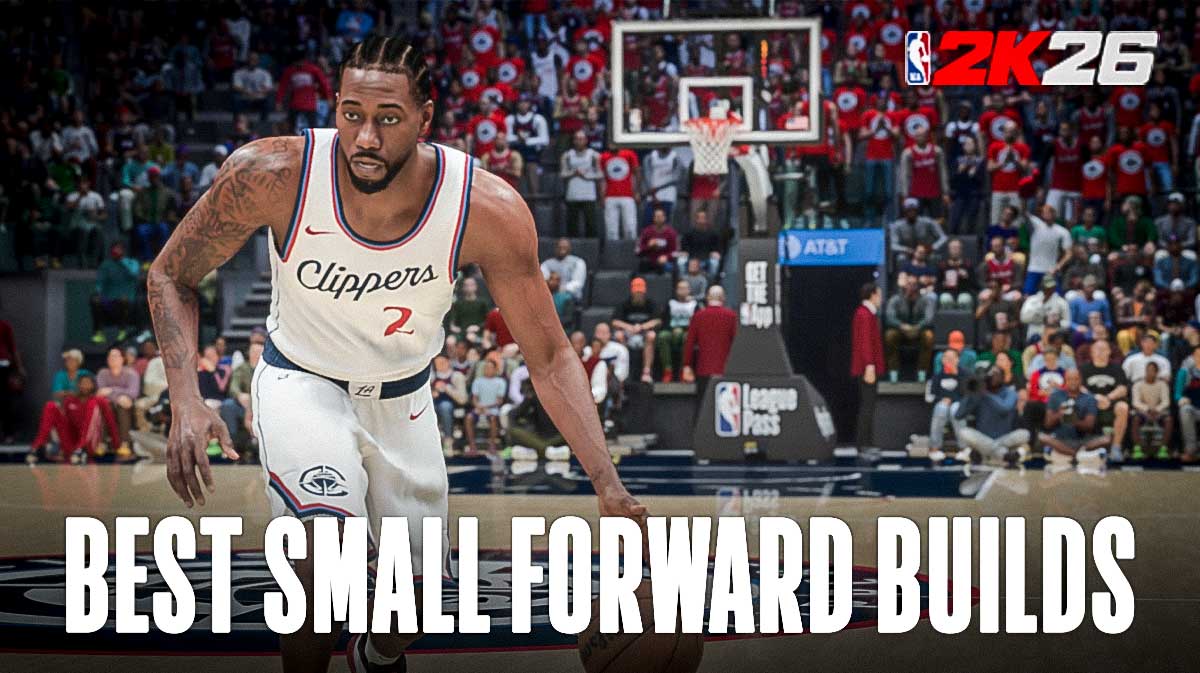Patch 3.3 of Genshin Impact has finally arrived and with it, the brand new Genius Invokation TCG has been introduced. Genius Invokation TCG is a brand new permanent game mode available to all players once they reach Adventurer Rank 32 and complete the Archon Quest “Song of the Dragon and Freedom.” Once this game mode is unlocked, players can duke it out against NPCs in the game or against their friends.
However, because of how Genius Invoked TCG is structured and how confusing some of the cards can be, it can be quite mind boggling on how to properly build a deck. With the many options there are for deck creation, some cards may not work well with the others and the players may never know. That is what we are here for. We here at Clutchpoints are going to set the record straight and guide you through building the best deck you want with your favorite character. Without further ado, let us first discuss the first major part of building a deck in Genius Invokation TCG, the Character Cards.
Character Cards
Character Cards are the first major part of your deck in Genius Invokation TCG. In the deck, there should only be 3 character cards, no more and no less.
To start off, the best way to pick which character card to use is picking which among the currently available character cards you want to use. By picking a character, the first part of the path is set. In Genius Invokation TCG, all character cards are viable and can be used in different kinds of decks. It is merely up to the player how they would bring out the potential of this character card. Once the first character card has been picked, picking the other 2 will be considerably easier as it narrows down the amount of options significantly. However, before getting to pick the other 2 character cards, there are some considerations that must be made towards a factor called synergy.
One of the most important factors of choosing the 3 character cards for the deck is synergy. Synergy is important so that these 3 character cards could work as a team to take down the opponent as swiftly and efficiently as possible. One of the main factors of this synergy would be the elemental reactions.
In Genshin Impact, elemental reactions are one of the game’s main mechanics. Many aspects of the game require an understanding of these mechanics to progress. There are very rare cases where they are not used but even then, they are still utilized in some way. In Genius Invokation TCG, elemental reactions are just as important as they are in regular gameplay. As such, it is important to identify what elemental reactions your character could utilize and which route would go towards. There are different possible elemental reactions in the TCG and their effects are as listed below.
List of Elemental Reactions:
Melt: Cryo + Pyro = 2 Extra Damage
Vaporize: Hydro + Pyro = 2 Extra Damage
Burning: Pyro + Dendro = 1 Extra Damage + Burning Flame Summon (Deals 1 Pyro Damage at the End Phase)
Frozen: Hydro + Cryo = 1 Extra Damage + Frozen Characters are unable to do anything for the round + 2 Extra Damage when Frozen Character is hit with Physical or Pyro Damage
Superconduct: Cryo + Electro = 1 Extra Damage + 1 Piercing Damage to Characters in Standby
Electro-Charged: Hydro + Electro = 1 Extra Damage + 1 Piercing Damage to Characters in Standby
Bloom: Hydro + Dendro = 1 Extra Damage + Create a Dendro Core (When the character with a Dendro Core is hit with Pyro or Electro Damage, deal 2 Extra Damage)
Quicken: Electro + Dendro = 1 Extra Damage + Create Catalyzing Field (Catalyzing Field makes the next Electro or Dendro deal an additional 1 Damage)
Swirl: Anemo + (Hydro or Pyro or Electro or Cryo) = 1 Extra Damage + Deal 1 Extra Damage of the Swirled element to the enemy’s characters
Crystallize: Geo + (Hydro or Pyro or Electro or Cryo) = 1 Extra Damage + Create a Shield (Usage: 1)
These elemental reactions are going to play a huge part in how the deck functions. Deciding on what reaction to go with is already a huge part of the deckbuilding process. By picking the elemental reaction of choice for the deck, we could also now pick its win condition.
Win condition is a factor of the deck that mainly answers the question of how is the deck going to win. The win condition is the factor or gimmick that the deck uses to eliminate the opponent’s character cards. This is different from the elemental reaction as the elemental reaction is the one that facilitates the deck to the win condition. Win conditions typically range from building up resources then hitting for big damage later in the game, weakening all of the character cards of the opponents until they are easy to eliminate, disrupting opponents so they cannot make any plays or simply just straight up hitting the opponent constantly with big numbers. Knowing the win condition of the deck is just as important as knowing what elemental reaction to use as these two work in tandem to make the deck win.
As an example, the first card picked is Keqing. Before picking the next two character cards, the elemental reaction should first be decided. Considering Keqing is an Electro character, she has access to Superconduct, Electro-charged and Quicken. She can even be part of a team that focuses on Bloom as she can trigger the Dendro Cores that are created. Picking an elemental reaction to go with will narrow down our choices by a lot. For the case of Keqing, the Superconduct reaction is picked as it enables Keqing to deal damage to active characters and characters in Standby as well. This supports the win condition wanted which is to deal damage to all units and weaken them to a sliver of life for an easy sweep later on.
Once an elemental reaction and win condition have been selected, we can take a look at other units that could help create the elemental reaction and win condition that were selected. The best way to identify these supporting units is by looking at the other element needed to create the elemental reaction. From there, picking a character card that can support the main win condition of the deck as well as its main elemental reaction is the key to picking that 2nd character.
Continuing with the earlier example of Keqing, since the superconduct elemental reaction was selected, a Cryo character would be the best option for the team. However, since our main unit, Keqing, is an Electro character, the next character to be picked must be able to apply Cryo to enemies even while they are in Standby. Ganyu fulfills this category as her elemental burst deals Cryo damage and Piercing damage as well. This is in synergy with the deck’s elemental reaction of dealing Superconduct damage and the win condition of dealing damage to characters in standby as well.
For the third character, there are two possible factors that decide what character to put. The first is resonance. In Genius Invokation TCG, there are action cards that are called resonance cards. To put them in the Action Card deck, there is a prerequisite condition where two characters must be of the same element. These resonance cards are especially useful as they provide a tactical advantage to the player. Putting a character with a similar element to either character enables the player to put resonance cards in their deck based on the corresponding element. Another factor is the elemental reaction. Some elemental reactions require a third element to get the most out of. Bloom and Freeze are examples of such reactions. Putting in a character card that can give that third element can help increase the damage output of the deck.
Having decided on the three character cards for the deck, the action card deck can now be made.
Action Card Deck
One of the great things about Genius Invokation TCG is that the Action Card Deck is merely used to support the star of the show, the three Character Cards. The Action Card Deck is used to make sure that the character cards can seamlessly do their job of dealing damage towards the opponent. The action cards just make it easier by fixing their resources, giving energy, protecting them or just drawing more action cards.
When assembling an Action Card Deck, the most important cards to put are those that can fix the elemental dice that are rolled. This is because in the TCG, the main resources used are elemental dice that are rolled at the start of every turn. Because this is randomly generated, cards that “fix” these elemental dice are important as this gives the player more resources to work with. “Fixing” means that unusable elemental dice such as elemental dice that are not present in the character cards’ element cannot be efficiently used. The game itself has a mechanic to fix this with elemental attuning where the player can discard an action card to convert the element of the dice to the element of the active character card. The general idea is that the more usable elemental dice the player has, the better. This is because when players have more dice to work with, they can make more moves during their turn.
In addition to cards that “fix” the elemental dice that are rolled, action cards that generate energy and let you go through the game's step faster are also very important. Action cards that generate energy, both actively and passively, are almost just as important as action cards that fix elemental dice. This is because it lets you spend less dice to gain energy and use the character cards' Elemental Burst faster. This becomes a very important factor especially in decks that revolve around the character cards using their Elemental Burst as soon as possible. In addition to this, cards that let the player make game steps fast actions are highly valuable as they let the player make more combos significantly faster.
However, despite all these cards' importance, a balance must be struck when assembling the action card deck. Because some decks value making energy over making game steps faster while others are vice versa. Because of this, it is highly important that the player know how their character cards play and what combos they can do. By knowing this, the player will be able to know what action cards to prioritize.
With knowledge of action cards in mind, here is a list of staple cards that almost every deck uses due to their utility. The list is as follows:
Liben
Chang the Ninth
Changing Shift
Leave It to Me!
Knights of Favonius Library
Jade Chamber
Liu Su
Strategize
Lotus Flower Crisps
Iron Tongue Tian
The Bestest Travel Companion!
Paimon




